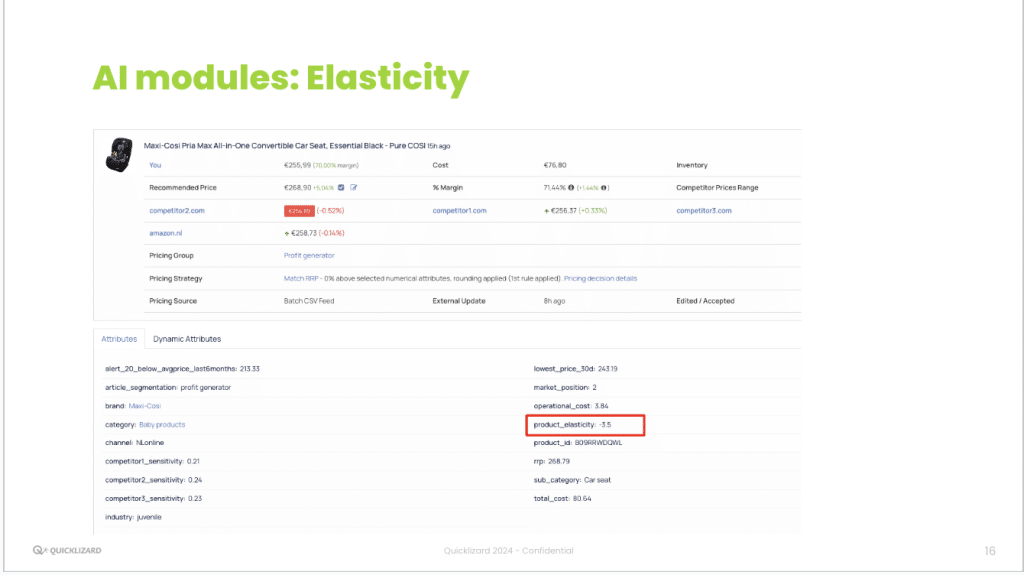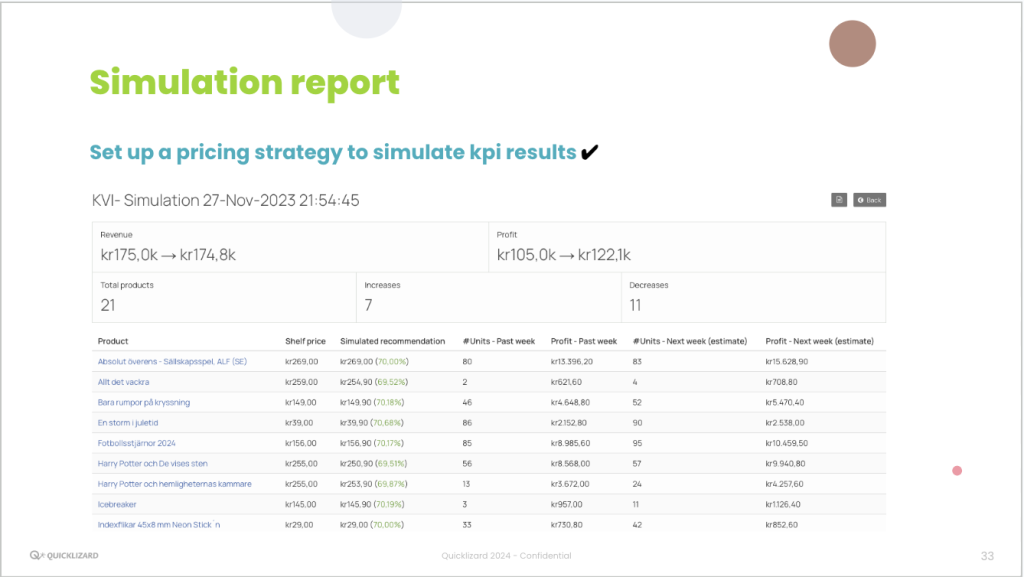Contents
How Can I Ensure Effective Multi-Channel Pricing?What Are the 11 Rule-Based Pricing Requirements for a Pricing Software?1. Dynamic Rule-Based Adjustments: Pricing rules automatically adjust based on predefined factors such as market conditions, inventory levels, and competitor prices.2. Flexible Rule Creation and Modification: Superusers can easily create, customize, and modify pricing rules to fit evolving business needs.3. Multi-Level Rule Application: Enable pricing rules to be applied at both individual SKU and logical Product Group levels.4. Unlimited SKU Grouping: Provide unlimited options to group SKUs and apply different strategies, limits, and rounding rules to each group.5. Override Capability with Audit Trails: Allow users to override pricing recommendations when setting the final price and include functionality to add explanatory notes for the override.6. Rule Transparency: Clearly display the rules and logic used in generating price recommendations for user review and auditing.7. Pre-Built Rule Library: Include an established library of common pricing rules to accelerate implementation and adoption.8. Customizable Strategies: Offer high flexibility to design and implement unique, non-standard rule-based pricing strategies.9. Complex Rounding Customization: Support advanced rounding rules tailored to specific business or regulatory requirements (e.g rounding based on category, brand or others that are not “off the shelf”).10. Channel-Product Relationship Customization: Enable the creation of customized relationships between channels and products to reflect business-specific pricing strategies.11. UI-Based Parameter Management: Provide an intuitive parameter sheet that allows users to modify pricing strategy parameters at category, brand, and channel levels directly from the user interface and not only through programming.What Are the Key Requirements for Competitor Based Pricing in a Pricing Software?1. Dynamic Notifications and Adjustments: Provide notifications or automatically adjust prices in response to competitor price changes.2. Customizable Rules: Enable users to set competitor price matching rules at various levels, such as individual products, categories, or product lists.3. Bulk Price Matching: Allow for the bulk matching of a large number of products, especially for private labels and branded items, to streamline operations and ensure consistency.What Are the Requirements for Managing Promotional Pricing, Campaigns, and Discount Pricing?What Should Your RFP Include for Demographic Pricing Capabilities?What RFP Requirements Should Address Inventory and Stock-Level Pricing?What AI Requirements Should Be Defined in Your Pricing Software RFP?Which Reports Are Essential in a Pricing Software?




























